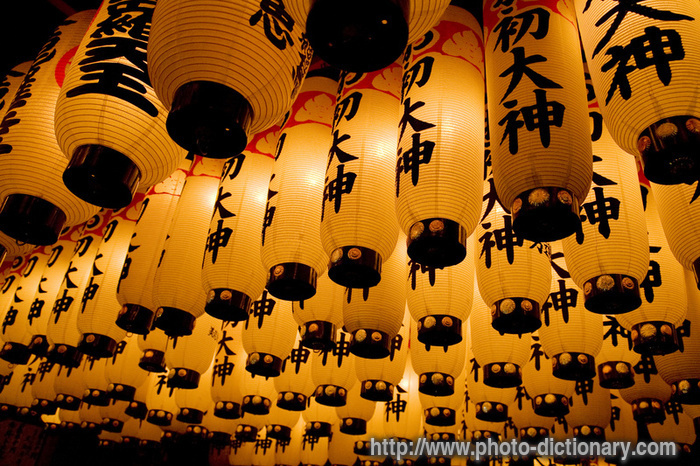The Andon is a lamp made of paper stretched over a bamboo frame, wood or metal. The paper protected the flame from the wind. The burning of oil in a stone or ceramic support with a cotton wick, provided that light. Rapeseed oil has been popular. Candles were also used, but their high price made them less popular. A cheaper alternative is the sardine oil.
The Andon became popular in the Edo period. Andon was earlier this pocket, and it can also be placed on a stand or hung on a wall. It was the most common okiandon inside. Many had a box-shaped with a vertical inner surface of the light. Some had a drawer at the bottom for easy filling and lighting. A handle on top makes phones. A committee was Enshu Andon. An explanation which he attributed to Kobori Enshu, who lived in the late Azuchi-Momoyama period and early Edo period. Tubular in shape, he had an opening instead of a drawer. Other black, was the Ariake Andon, a bedside lamp. Kakeandon the attic of a store that is often called the merchant, was a common sight in cities.
The term Andon Hiru, or "day of fire" means someone or something that seemed to serve no purpose. Dramatize the story of the forty-seven ronin, Oishi Yoshio is often given this description.

No comments:
Post a Comment